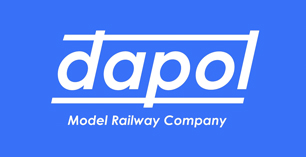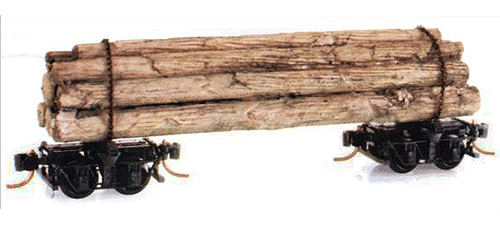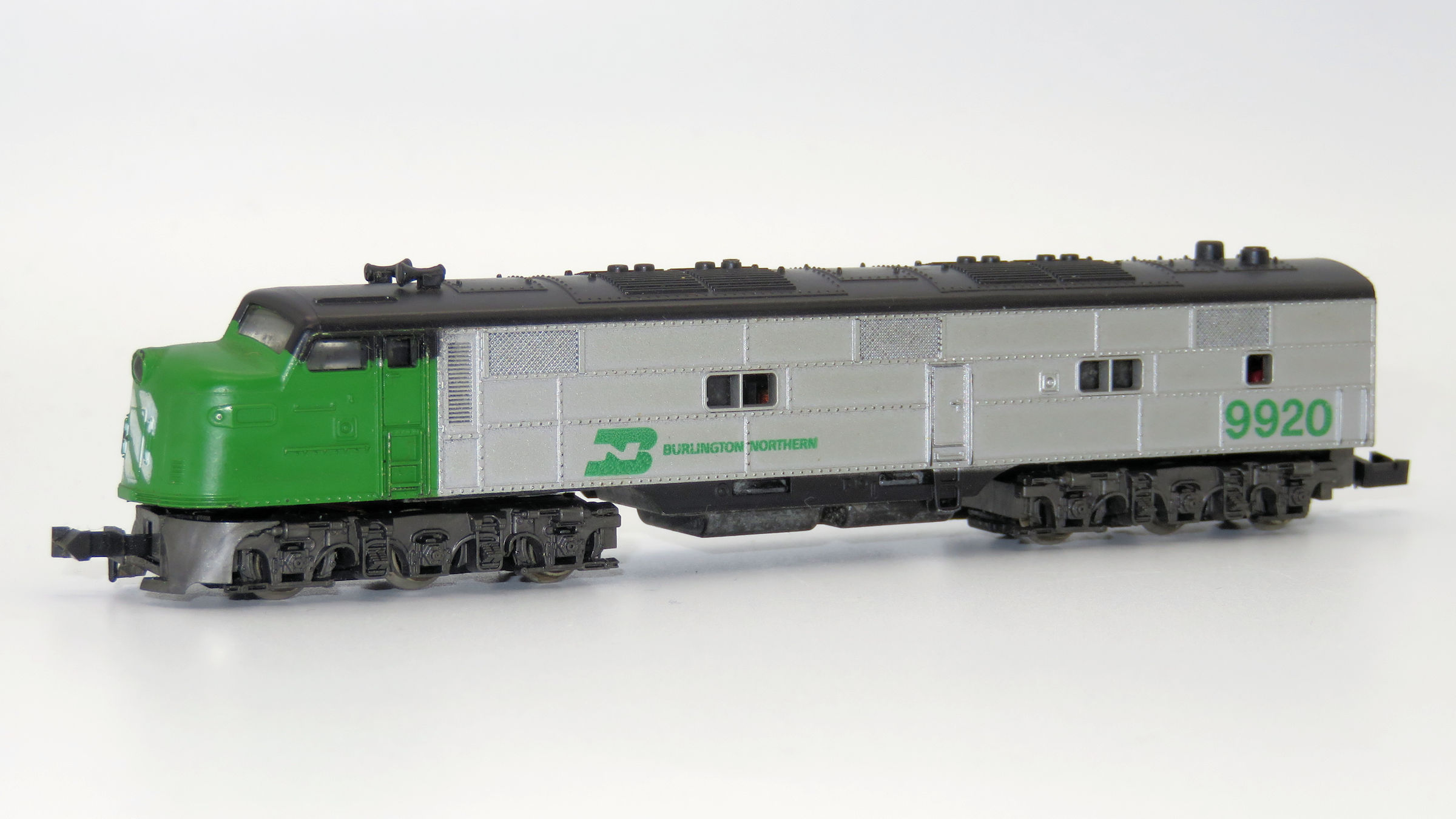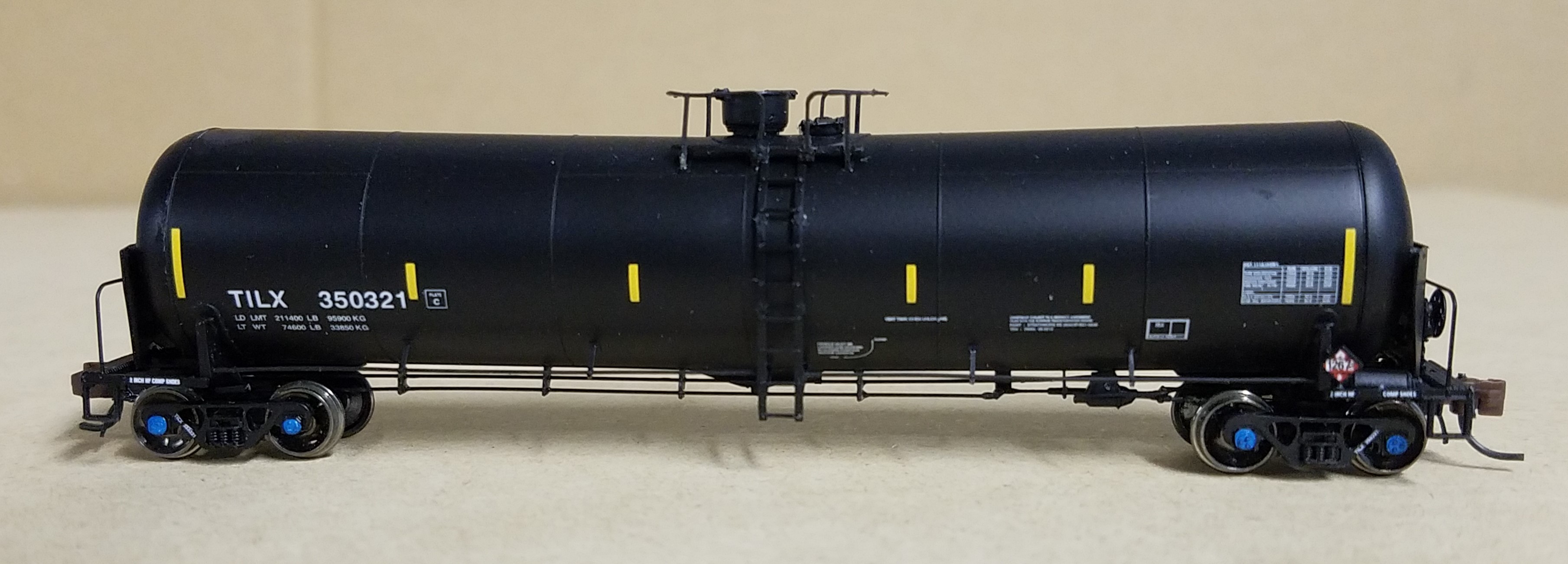Specific Item Information: The British Rail Mk 3 coach was developed primarily for the Class 43 HST, but incorporated design features to enable it to be hauled by conventional locomotives. The first coach entered service in 1975 and the last were made in 1988. Most Mk.3 coaches built are still in service today, including the Royal Train.
Road Name History: Great North Eastern Railway,[1] often referred to as GNER, was a train operating company in the United Kingdom, owned by Sea Containers, that operated the InterCity East Coast franchise on the East Coast Main Line between London, Yorkshire, North East England and Scotland from April 1996 until December 2007.
During March 1996, Sea Containers was awarded the franchise to operate the East Coast services; it begin operations on 28 April 1996. Initially receiving a favourable reception, the company brought in several service alterations and innovations, including the leasing of Class 373 Regional Eurostars along with the refurbishment of the InterCity 225 fleet. However, GNER's reputation and passenger numbers were both hit by a pair of derailments during the early 2000s, the Hatfield rail crash and the Great Heck rail crash. Plans to procure a fleet of tilting trains based on the Pendolino were mooted by the company, but were discarded amid a protracted and complex refranchising process.
During March 2005, the Strategic Rail Authority awarded the East Coast franchise to GNER for a second time; however, the terms for this second franchise period were financially demanding, seeing the withdrawal of subsidies and enactment of charges to the British Government. Concerns over the viability of such payments, as well as the general financial condition of Sea Containers were well-founded, with the latter entering bankruptcy in November 2006. Following its inability to fulfil agreed payments, GNER was stripped of the franchise during December 2006, although it continued to run services on the route for another year via a management contract. The final northbound GNER train was the 20:30 London King's Cross – Newcastle on 8 December 2007; the company was replaced by the new franchisee National Express East Coast one day later.From Wikipedia
During March 1996, Sea Containers was awarded the franchise to operate the East Coast services; it begin operations on 28 April 1996. Initially receiving a favourable reception, the company brought in several service alterations and innovations, including the leasing of Class 373 Regional Eurostars along with the refurbishment of the InterCity 225 fleet. However, GNER's reputation and passenger numbers were both hit by a pair of derailments during the early 2000s, the Hatfield rail crash and the Great Heck rail crash. Plans to procure a fleet of tilting trains based on the Pendolino were mooted by the company, but were discarded amid a protracted and complex refranchising process.
During March 2005, the Strategic Rail Authority awarded the East Coast franchise to GNER for a second time; however, the terms for this second franchise period were financially demanding, seeing the withdrawal of subsidies and enactment of charges to the British Government. Concerns over the viability of such payments, as well as the general financial condition of Sea Containers were well-founded, with the latter entering bankruptcy in November 2006. Following its inability to fulfil agreed payments, GNER was stripped of the franchise during December 2006, although it continued to run services on the route for another year via a management contract. The final northbound GNER train was the 20:30 London King's Cross – Newcastle on 8 December 2007; the company was replaced by the new franchisee National Express East Coast one day later.From Wikipedia
Brand/Importer Information: Dapol Ltd is a Welsh model railway manufacturer based in Chirk, Wales. The factory where design and manufacturing take place is just over the border in England. The company is known for its model railway products in N gauge and OO gauge. Dapol's name is a play on its founders David and Pauline Boyle's names. He owned a model concern Highfield Birds & Models. In 1981 he first tried to buy the Airfix and Mainline ranges. The Dapol brand name was first used in a Railway Modeller advert of September 1983. The first Dapol wagons (for OO) were announced to become available on 20 November 1983. From 1 March 1984 ex Airfix railway kits became available.
Dapol manufactures a growing range of N gauge locomotives, coaches and wagons, and is the main competitor of Graham Farish in the British 'ready-to-run' market. Continuous improvement in model specifications has led to the introduction of 40:1 gearing in locomotive drive mechanisms, NEM couplings on all stock, and LED lighting strips for coaching stock (yellow for 'older' coaches, to represent incandescent illumination, and white for more modern coaches and EMUs to represent fluorescent fittings).
Dapol manufactures a growing range of N gauge locomotives, coaches and wagons, and is the main competitor of Graham Farish in the British 'ready-to-run' market. Continuous improvement in model specifications has led to the introduction of 40:1 gearing in locomotive drive mechanisms, NEM couplings on all stock, and LED lighting strips for coaching stock (yellow for 'older' coaches, to represent incandescent illumination, and white for more modern coaches and EMUs to represent fluorescent fittings).
Item created by: CNW400 on 2022-02-11 11:08:18
If you see errors or missing data in this entry, please feel free to log in and edit it. Anyone with a Gmail account can log in instantly.
If you see errors or missing data in this entry, please feel free to log in and edit it. Anyone with a Gmail account can log in instantly.









